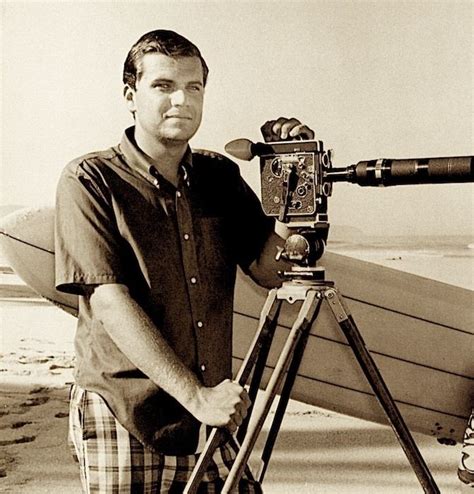Top 19 Quotes & Sayings by Greg MacGillivray
Explore popular quotes and sayings by an American director Greg MacGillivray.
Last updated on December 21, 2024.
Not only have I made films about the subject, but I've largely funded them on my own, so I'm fully committed to doing whatever I can to change the audience's respect and appreciation for the ocean. In 100 years I want whales, dolphins and sharks to still be around, and the ocean to be a healthier place.
Grain isn't structured like a screen door that you're looking through, but pixels are. Film-based grain is just all over the place, one frame totally different from the next. So your edges are coolly sharp and have a different feeling, an organic feeling rather than this mechanic feeling you get with digital.






















